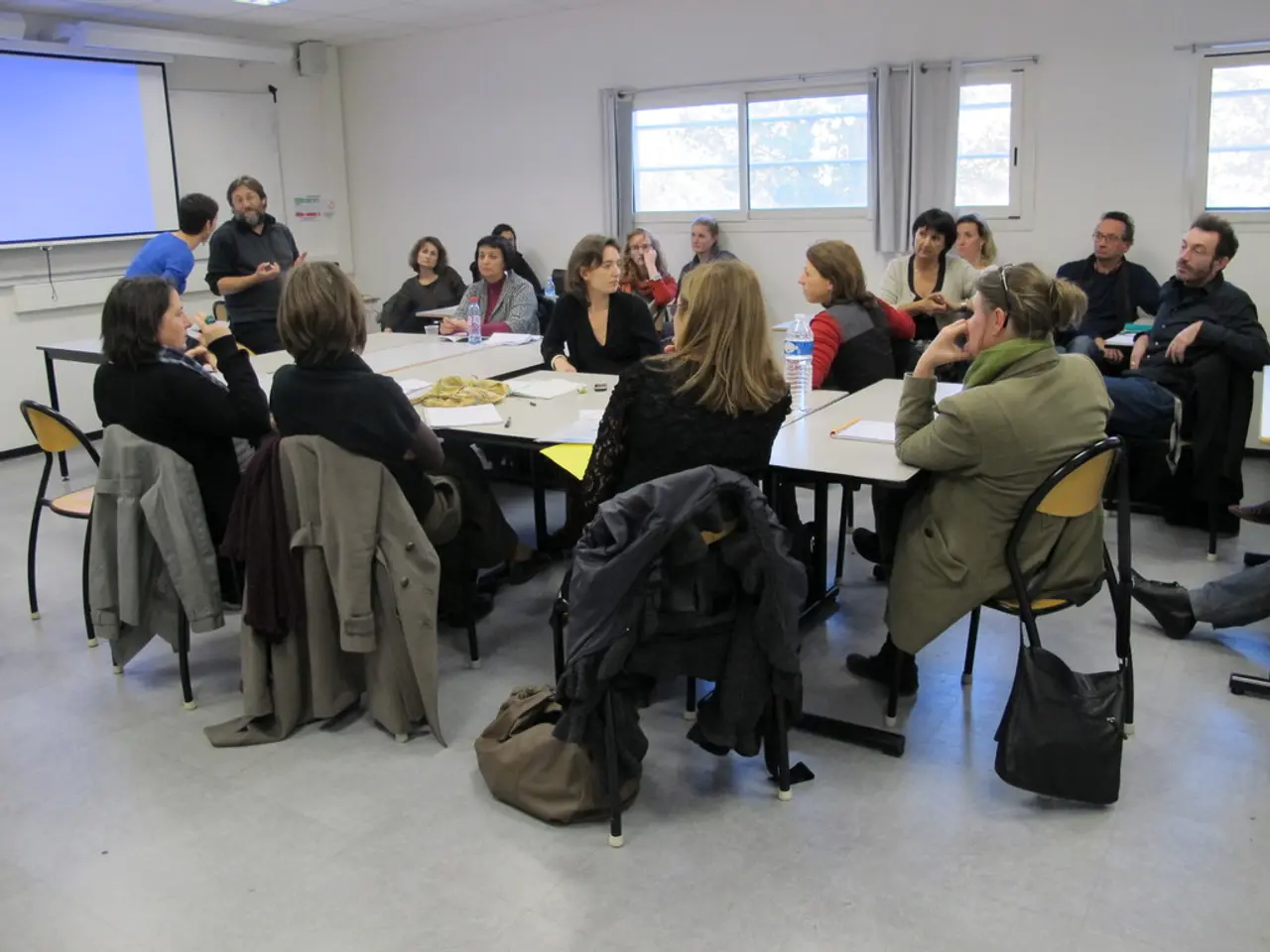Group-level Narcissism: An Overview
Collective narcissism, a form of defensive in-group positivity, is a social dynamic that can be found in various types of cooperative group settings. This phenomenon focuses on external validation, threat sensitivity, and negative consequences for outside groups. A group exhibiting collective narcissism is often referred to as a "collective narcissistic group" or simply described as showing "collective narcissism." The group as a whole holds an inflated belief in its own greatness and demands recognition from others.
By diagnostic standards, Narcissistic Personality Disorder (NPD) is considered a single type. However, popular belief often places NPD and narcissistic behaviors on a spectrum, including types such as covert narcissism and overt narcissism. Overt narcissism, also known as grandiose or agentic narcissism, is characterized by traits of entitlement and arrogance and a tendency to exploit those around without empathy. Covert narcissism, on the other hand, is characterized by seeking sympathy, being introverted, and seeming sensitive or easily wounded emotionally.
Collective narcissism in the workplace can create a toxic work culture, marked by accepting low pay, blind obedience, working exhaustive hours, lack of work-life balance, lack of concern for others, difficult team collaborations, negative emotions and behaviors in employees, more tasks solely for company image, and a negative outlook for the organization's reputation.
Once the culture of a group becomes narcissistic, it is sustained by four key factors: entitlement and exploitation, dominance and arrogance, apathy, and admiration. Malignant narcissism, a presentation of narcissism that includes traits such as paranoia, aggression, and antisocial behavior, may also manifest as gaining enjoyment in the suffering of others.
Social consequences of collective narcissism can include inflammatory attacks, unfounded accusations or scapegoating, lies, hateful rhetoric, smear campaigns, character assassination attempts, and black-and-white thinking. Collective narcissism can create a preference for military aggression, right-wing authoritarianism, and blind patriotism. Communal narcissistic behaviors are disingenuous and employed for personal gain to elevate the person above others or to feed their ego. Antagonistic narcissism commonly involves an intense drive toward competitiveness and holding grudges for a long time.
Addressing collective narcissism can be challenging, but several strategies have been proposed. Dr. Nicole Prause suggests one way to decrease group narcissism can be to start with the individual, by encouraging someone to identify with another group. Heller suggests another option is to pay close attention to power structures and authority, and to question them. Open communication is also an option, ensuring that ethical group processes have a fighting chance.
Speaking with a therapist may provide guidance to work through what you're experiencing, your role, and how to successfully remove yourself from a negative group dynamic. Secure in-group positivity, occurring in groups without narcissistic tendencies, comes from an individual's self-satisfaction within the group. A 2017 review of 45 research papers found numerous negative consequences - and few positives - of leadership narcissism in organizations.
It's crucial to be aware of the signs of collective narcissism and take steps to address it when encountered. A healthy, supportive group dynamic is essential for personal and professional growth, and it's important to strive for that in all aspects of life.
Read also:
- Understanding Hemorrhagic Gastroenteritis: Key Facts
- Stopping Osteoporosis Treatment: Timeline Considerations
- Tobacco industry's suggested changes on a legislative modification are disregarded by health journalists
- Expanded Community Health Involvement by CK Birla Hospitals, Jaipur, Maintained Through Consistent Outreach Programs Across Rajasthan








